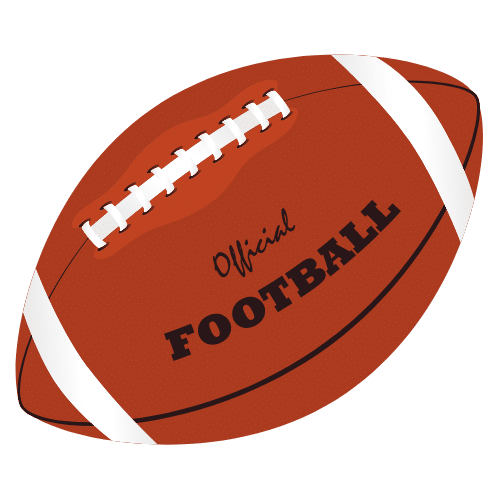Rule 12 - Video judge
SECTION 2. Scope of the video judge
Article 1 - Requesting a review
a. At the suggestion of any official (including the video judge), the referee may request a review of any play within scope.
b. A head coach may request a review by taking a team timeout before the ball is next legally put in play.
1. After a review has been completed:
(a) If any on-field ruling is changed, the team is not charged with a timeout.
(b) If the on-field ruling is not changed, the timeout is charged and that team’s privilege to request a review is revoked for the remainder of the game.
2. If the play review being requested is not reviewable (see Rule 12-2-2), the timeout is charged but the team retains the privilege to request a review.
3. A head coach may not request a review if his team has used all its permitted timeouts for that half or in that extra period.
4. A request for a review shall be ignored when the privilege has been revoked or if the team has used all its timeouts.
Article 2 - Reviewable plays
a. A review can only be used for a play in which there is doubt about:
1. a score
2. a change of team possession
3. a foul on the list of explicitly reviewable fouls (Rule 12-2-3)
4. a disqualification
5.the status of the ball (e.g. live/dead, touched/untouched), including when and/or where the ball or a player is out of bounds or in an end zone, which player has possession of the ball, whether a pass is forward or backward, whether the ball was passed or fumbled or whether a forward pass is complete/incomplete. 6.whether the player who caught or recovered a fumble was the fumbler 7.whether a fair catch signal was made or a player of the receiving team advanced after a fair catch signal. 8. the location of a player with regard to substitutions, illegal passes (including intentional grounding), illegal kicks and handing (a foul may be created)
9. the location of the ball with respect to a first down
10. the down number within a series of downs or before the next series
11. clock status
12. any obvious errors that may have a significant impact on the outcome of the game
b. A review can equally be used to determine whether a reviewable action occurred or not.
c. While undertaking a review of a particular aspect of a play, other reviewable aspects may come under consideration. A review can consider any reviewable aspect of the play for which the game was stopped.
Article 3 - Explictly reviewable fouls
The following plays are explicitly reviewable and the video judge may create a foul when there is no call by the on-field officials or cancel a foul called by an on-field official:
a. A foul that normally carries a 15-yard penalty, including pass interference. b. Any foul on a play that ends with less than two minutes of the game remaining or during an extra period. c. Player throwing a forward pass or making a forward handoff when the player’s entire body and the ball is or has been beyond the neutral zone or after a change of team d. Player beyond the neutral zone when kicking the ball.
e. Blocking by a Team A player before he is eligible to touch the ball on an onside kick.
f. The number of players on the field for either team during a live ball.
g. Illegal touching of a forward pass by an originally eligible receiver who has gone out of bounds or touching of a forward pass by an originally ineligible player. h. Player who is out of bounds touching a free kick that had not been touched inbounds.
i. Forward pass that becomes illegal as a second forward pass after an on-field ruling of a backward pass is changed.
Article 4 - Injured players
The video judge may declare an injury timeout if he observes an injured participant that the on-field officials have not (Rule 12-2-3)(Rule 3-3-5)
.


